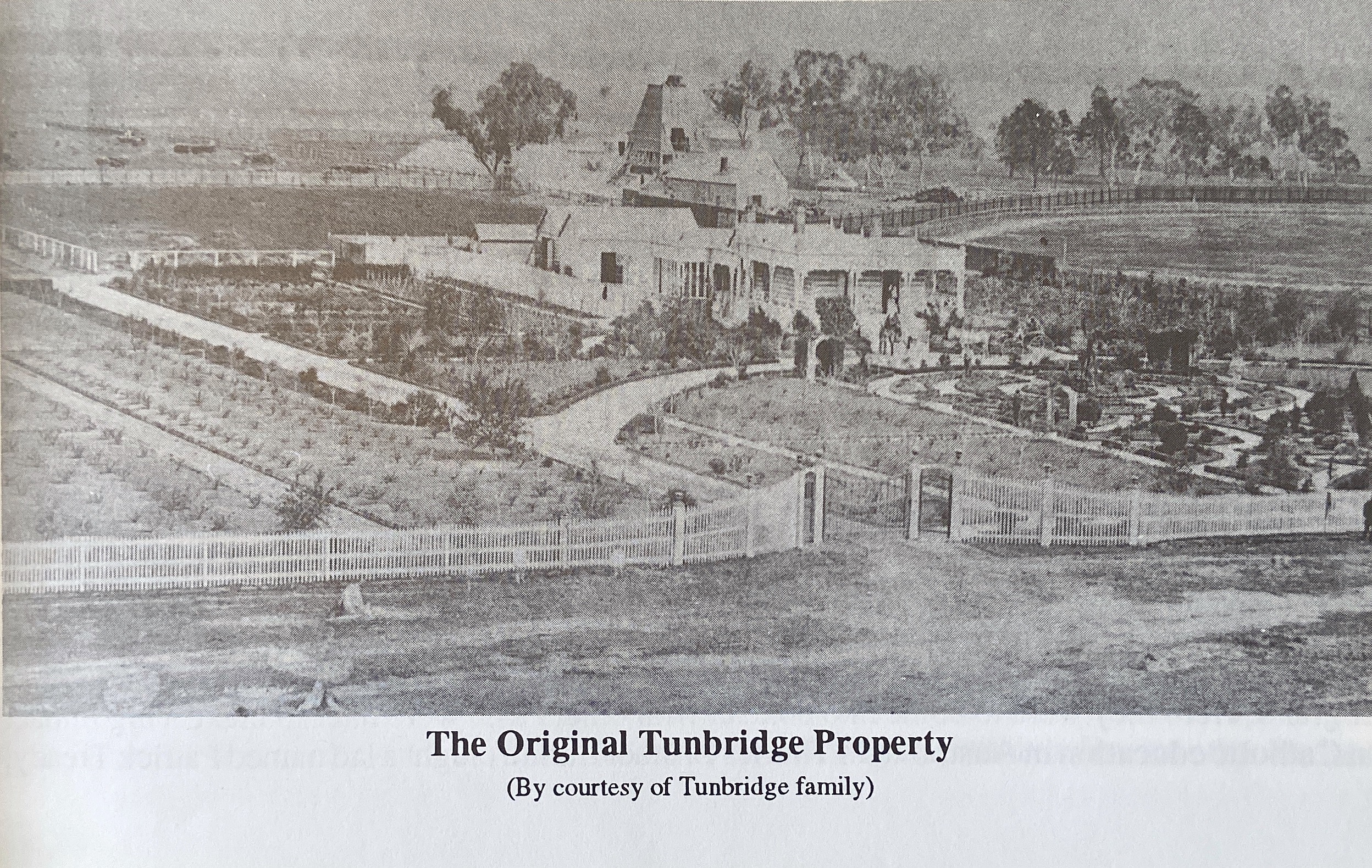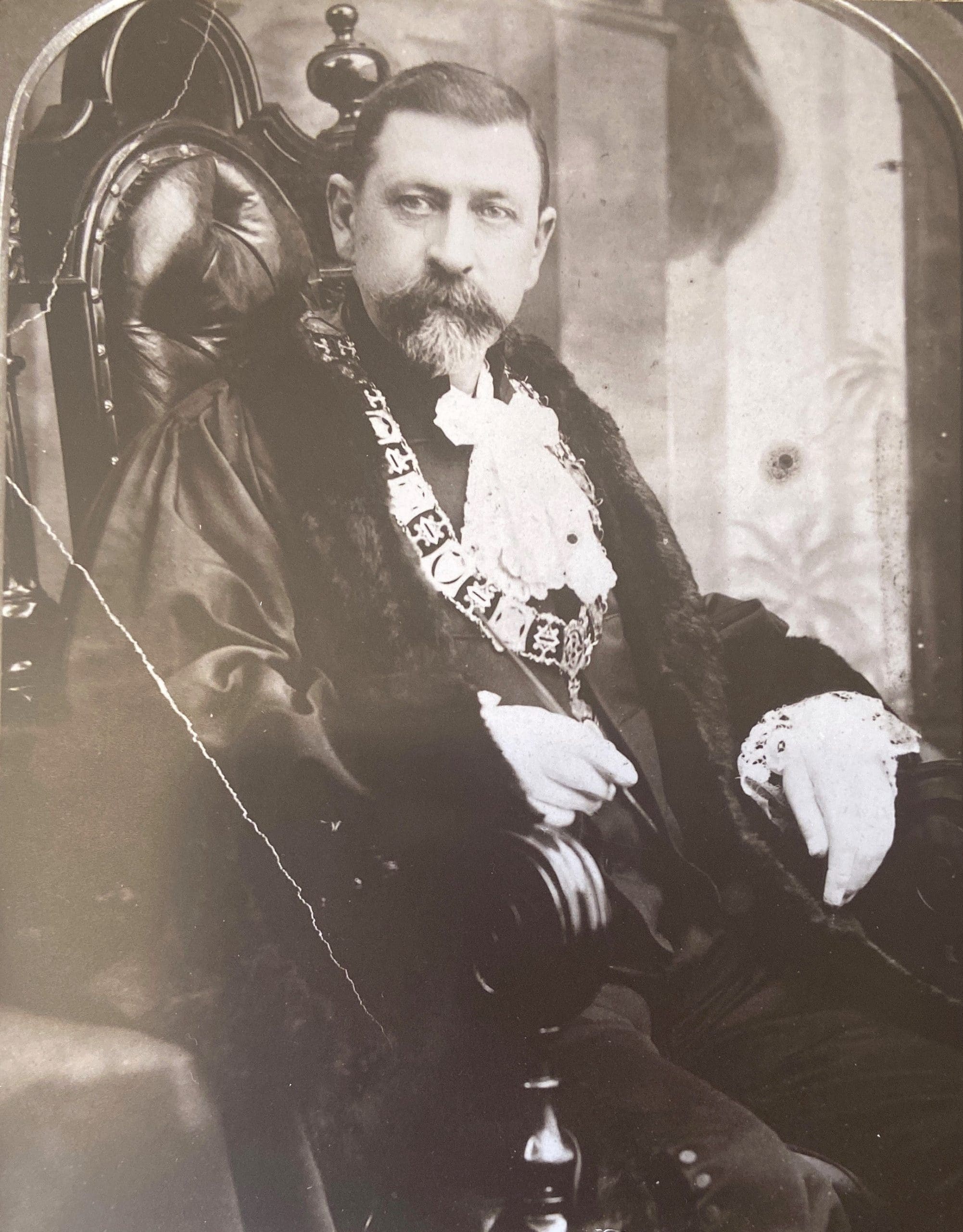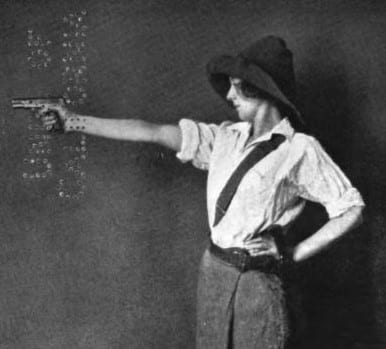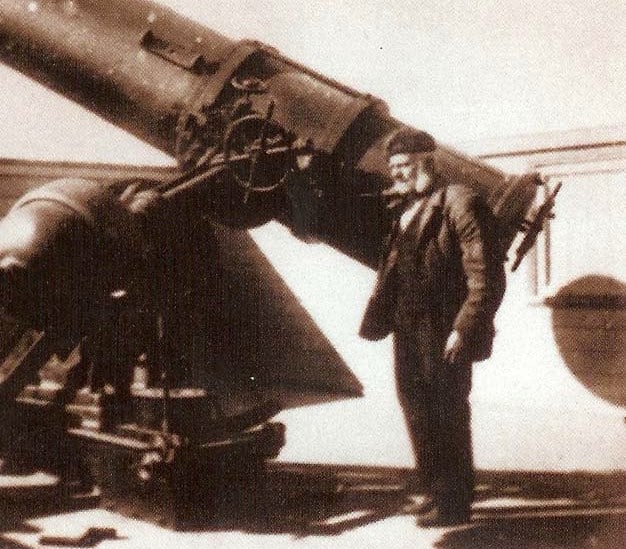William Collard Smith
Posted on: 11 January, 2021William Collard Smith was one of Ballarat’s prominent early citizens. He was a land agent, mining speculator, Mayor of Ballarat and a Member of State Parliament. He is also known for the size of the house he owned in Sturt Street.
Smith was born in Bollington, Cheshire, England on 19 July 1830, the youngest son of William, a cotton manufacturer. He sailed for Australia in 1852. Immediately upon arriving in Victoria in October 1852, he headed to the Sandhurst goldfields. Having met with no success in Sandhurst he journeyed to Creswick and then to Ballarat, where he settled in 1855.
In Ballarat he became a land agent and auctioneer and, in 1854, he married Ellen Newman in Melbourne. In 1856 he was elected to the newly formed Ballarat West Council, becoming Chairman of the Council in 1860. He was elected to the Legislative Assembly in the Victorian Parliament in August 1861 representing the Ballarat West electorate. Also, in 1861, he joined Ballarat Rifle Rangers, a volunteer force, which was like the Army Reserve today. He served for 25 years rising to the rank of Colonel.
He was heavily involved in mining and mining companies, and with his business partner, Mr. E. A. Wynne established a bank, Smith Wynne Investment Company. In 1868 he was engaged by John Winter to raise money for Winter’s Freehold Gold Mining Company. Winter had purchased 1,300 acres of freehold land. Smith was entrusted by Winter to float a company which saw him travel to England to entice investors to inject capital into the company. The mission to England proved disappointing as he was unknown to the key businesspeople and institutions in London.
Two of the key milestones in his political career are being elected Mayor of Ballarat on two occasions, 1874/75 and 1887/1888 and appointed Minister for Mines in 1874 in the Berry Victorian colonial government.
During his time in Ballarat he was well known for owning a mansion in Sturt Street where St. Patricks College is now situated. It was a very prominent landmark in the early days of the City of Ballarat. The house was originally built for Mr. Richard Tunbridge and was known as “Tunbridge’s Folly”.
Smith purchased the property in the 1860s from Tunbridge and sold the house following his wife’s death in March 1881. The mansion was one of three properties Smith owned in Ballarat at this time. Following his wife’s passing he moved to Melbourne.
He died on 20 October 1894 in the Melbourne suburb of Brunswick. His will showed that he was not a wealthy man at the time of his death, unlike when he resided in Ballarat.
He is buried in the Ballarat New Cemetery, Area, Church of England E, section 3, Grave 3.
This link provides Smith’s entry in the Australian Dictionary of Biography:
http://adb.anu.edu.au/biography/smith-william-collard-4619
Here is his obituary as reported in The Ballarat Star on 27 October 1894:
https://trove.nla.gov.au/newspaper/article/209221032?searchTerm=%22william%20collard%20smith%22
Simon Jacks
Australiana Research Collection
Ballarat Research Hub at Eureka (BRHAE)
simonjacks@ballarat.vic.gov.au
Research sources:
Ballarat Star, 27 October 1894
A Biographical Register of the Victorian Parliament 1839-1900. Canberra: Australian National University Press. 1972
Mansfield,P & Butters, P. Ballarat Times. Ballarat, Ballarat Historical Society, 1995.
Naughtin, B.C., Bro., History and heritage 1893-1993: St. Patricks College. Ballarat: Board of St. Patricks College.1993




